Hi all, I am so excited to have four poems chosen by the fabulous Alexis Rhone Fancher for Cultural Weekly! Here is the link.
This photo, published in Cultural Weekly with my poems, was taken by Geoff Burley.
Blog
Writing Prompts, Poetry Forms, News and Book Reviews
Hi all, I am so excited to have four poems chosen by the fabulous Alexis Rhone Fancher for Cultural Weekly! Here is the link.
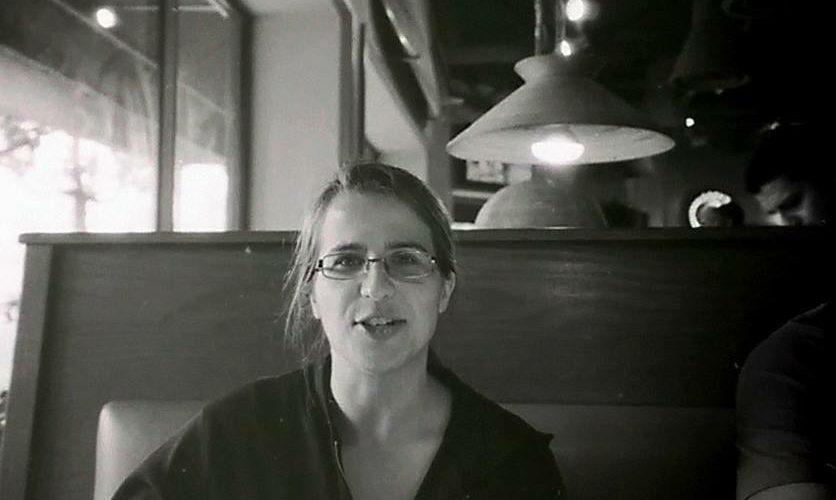
This photo, published in Cultural Weekly with my poems, was taken by Geoff Burley.
Your spine was designed to hold your body upright (but perhaps it does no longer or never did), but what holds you up—your sense of identify and/or your ability to function—within this world? What keeps you moving through your days? Is it another person, a whole network of people, a single memory, home or a place you visited, your name alone that carries you, a tattooed reminder, an activity (your writing perhaps), the voice pouring out your throat, a song that plays only in your head, some hope or plan for the future? What defies the gravity of other people’s betrayals and life’s endless series of disappointments and losses?
Write a poem about what sustains you and what keeps you standing. Read “Corpse Flower” by Vanessa Angélica Villarreal. Try to incorporate history and geographical surroundings—what are the coordinates for the self? For inspiration, read “Tan Tien” by Mei-Mei Berssenbrugge, “The Law of the Apple” by Edwin Torres, and “Devotee” by Anne Waldman Perhaps spine is both physical and metaphorical as with Jane Hirschfield’s “My Proteins”; Or, if you wish, write how your spine failed to hold you straight, so you bent more than a willow as with the poem “boy” by Katy Przybylski. And check out “Combustion” by Sara Eliza Johnson.

Hey, everybody, I snuck into a feature with Marcus Omari, Daniel McGinn, Alexis Rhone Fancher, and Julissa Cardenas! Quality control is slacking! Woohoo!!!
Truly, I am so grateful to be asked to read with such amazing poets at a great reading. Nancy Lynée Woo and Michael Gravagno host the quarterly Poetry on the Rocks reading series that combines powerful poetry with serious fun. Come watch my on-the-fly haiku after drinking a shot and discover (along with me) if the Smurf theme song takes over my brain—again.

The world is filled with colors. In nature, colors can be a warning sign of danger or poison—the yellow and black stripes of bees and wasps, the jewel tones of poison dart frogs, the scarlet hourglass of the black widow spider. Or conversely muted colors help a creature blend in with their surroundings.
The so-called civilized world can be equally colorful. The colors red, yellow, and orange often signal caution or danger or stop. Conversely, red can be associated with celebration and happiness. White in some cultures are associated with purity, but in others mourning. What colors warn you? Do you heed their warning?
Write a poem using at least one color to signal danger. If possible, use another color to represent safety and peace. Juxatapose the two. See what happens.

"Mariposa del Sol” is a mixed media painting by the amazing Kelsey Bryan-Zwick and appeared with my poem "Color Scheming" in the powerful Incandescent Mind, Winter 2017. Follow Kelsey on instagram for her beautiful poetry and artwork. I am so grateful to Sarah Thursday of Sadie Girl Press for publishing my poem and pairing it with Kelsey’s lovely painting in an anthology devoted to mental health. Check out the Sadie Girl Press site for this anthology and others along with Sarah’s own poetry collections, including her upcoming collection, Conversations with Gravel.
Honey, Sweetie, Baby, Dearie—you have been called these endearments whether you wish to be so addressed or not, but let’s get creative here. What endearments SHOULD you be called? How should you be addressed by a loved one or in public: Iowa cornfield that will lie down with the slightest breeze (perhaps applicable), Sissy (only one person was allowed to call me that), thumbtack on the backside of polite society (especially fitting)?
This prompt is inspired by the following Tumblr user’s post (shared by Vellum and Viny on Facebook). To be fair, the recipient of the original nickname probably did not know that vanilla comes from a species of orchid hand-pollinated and is the most expensive spice after saffron. Or maybe she did and resented the implication that she is likewise so labor-intensive. Btw, saltine cracker would suit me—I can eat half a pack in one sitting. Odd that my comfort food is basically the Sahara desert.

If you do not wish to list endearments for you, write of the endearments you use for others or keep some secret if you wish as Amy Nezhukumatathil did in her lovely “Naming the Heartbeats” poem.
Here is a short list of endearments from the BBC, and another historical list from the Oxford Dictionaries site. Try to incorporate a variant if you can.
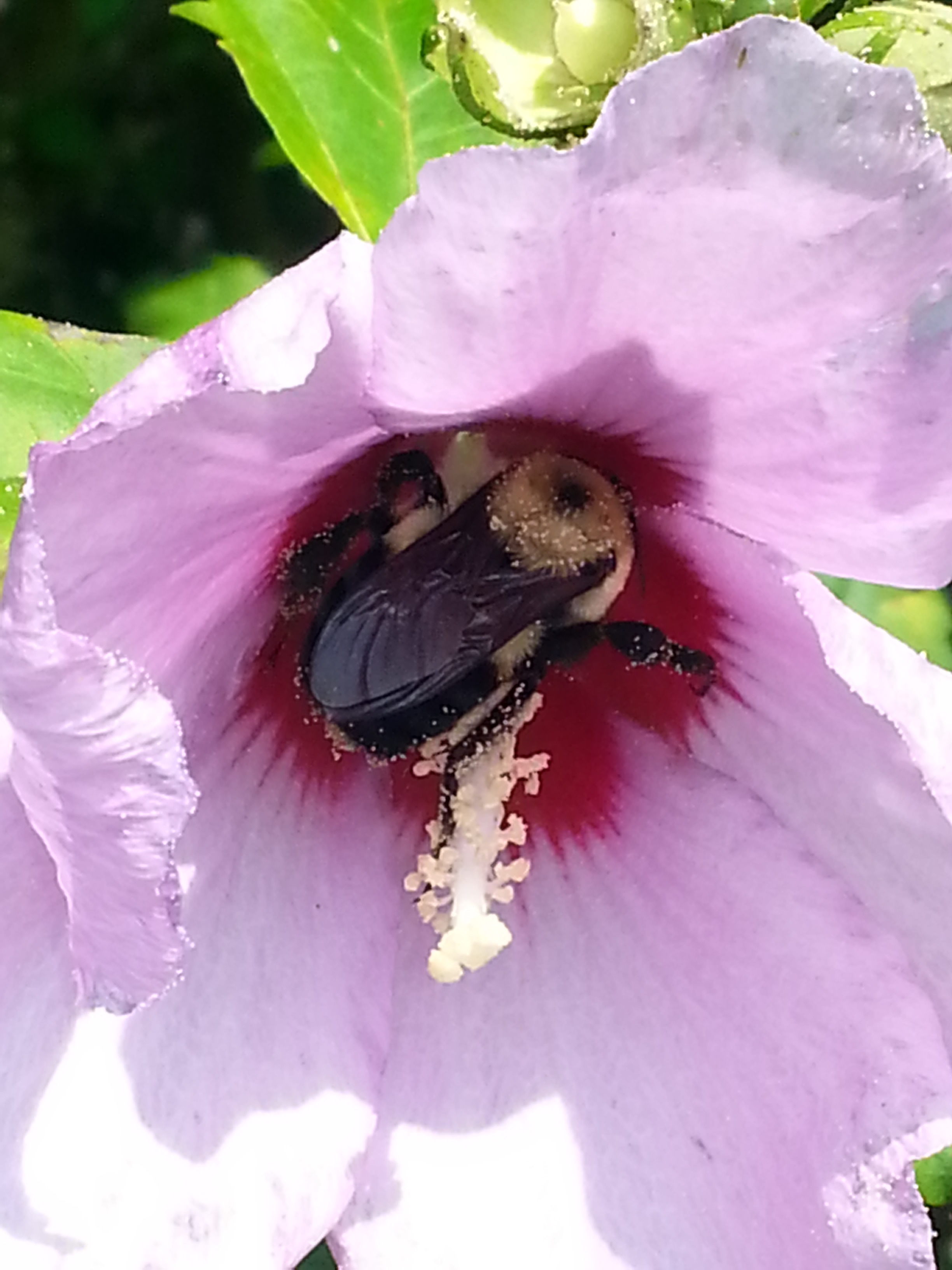
This prompt comes from the amazing poet Phillip B. Williams (@PBW_Poet on Twitter and check out his website with links to his published poems, including “Bend as Would a God”):
What is something that you wish your younger self would teach you if they could travel into the future to visit you? What have you forgotten, misplaced, or destroyed of your younger self that you see, now, would be a blessing to have?
I also posted his Tweet on Facebook: https://www.facebook.com/1422811947/posts/10217473651779527/
This is off topic somewhat (and I think I have already linked this poem since I love it so much), but check out “One Art” Elizabeth Bishop. Here is another take on the prompt: the poem “Lost and Found” by Maxine Chernoff. And another: “Childhood Ideogram” by Larry Levis.

For this prompt, you are a witness to events, not the center of the action. Perhaps you are the omniscient narrator or, like me, always the unreliable. Either way, make us see what happened, blow by blow, who said what and who said nothing at all. Or maybe show us the gaps in your memory. Perhaps you turned away. Some days we all close eyes to injustice. Justify why you did not act or could not.
Perhaps the events occurred after you arrived, but you meet the perpetrator as in “The Colonel” by Carolyn Forché. Or maybe you stand in solidarity with the victims as Christopher Soto does in “In Support of Violence.” Perhaps the crimes occurred before you were born, but you carry the bruises in your DNA. Trauma is passed along with eye color. Share the family story. Would you pull the trigger or pour out the bottle if you had been there? Or would you choose all the pain that sparked you into being? Read “I Go Back to May 1937” by Sharon Olds for her answer.

One of my favorite lines in a song is “I live in a city sorrow built” from The National’s “Sorrow” on High Violet. I tried to visualize what that city would look like. Would it be shrouded in gray, no sunlight ever, only a hazy cold mist? Would the buildings be rusting metal and dirty plexiglass? The streets twisted and the sidewalks empty of birds? Would even the traffic lights be monochrome?
Perhaps anxiety is a more applicable home for me so that I live in a city of barb wire fences, ticking clocks, worried faces and emergency sirens. Every intersection mandates a mad dash of shrieking children, honking trucks, bicyclists, pets and skittish rabbits. The roads glitter with shattered glass and mirrors. The buildings are either abandoned and precariously leaning or overcrowded and violating fire codes.
What emotion do you live in? What colors your world? Is it rage where you walk upon brush-pile paths under matchstick trees, live in houses of deadwood, drink gasoline from the tap and feed the birds—every one a phoenix—gun powder and a slap.
Or is it lust that warms your world with every district Red Light and the buildings phallic wonders and the grottos deep and inviting? Do the birds call out, “Hey, baby” to passersby, and the honeysuckle drips wanton?
Do you live in a world of joy? Can you describe it to me? I have only visited.
For ideas, read Liam Rector’s “This City” and Ericka Meitner’s “Ghost Eden” and Lynne Melnick’s “Landscape with Riffraff and Poison” and her entire collection Landscape With Sex and Violence.

In the last post, you were asked what carved you, what remains, what was created in that space. Now you are the water trickling through limestone, the wind on an overcultivated field, the little voice in another’s head (whether inner critic or inner demon or voice of reason or conscience), the repeated freezing and thawing on a door to another’s past, time itself on another’s body or future possibilities?
Have you lined a parent’s forehead; lifted a child’s chin and cracked the confining shell; straightened a friend’s spine and wing; or bowed the heads of lovers and drained their trust and trust fund? Have you restarted a clock behind another’s eyelids, carved your initials into a back or the throat’s rough bark, eroded an identity into shadow?
What did you take from those around you? What were your implements: your hands, your tongue, your curved belly, all of the above? What did you hope you to remake out of the destruction? Why and was it all worth it for the story to tell? For inspiration and an ache, read “Kudzu” by Saeed Jones.

California Caverns, CA
Wind and water carve caverns deep into the earth. Even rock succumbs. What has cut into your center? Time with its inevitable erosion of possibilities, the daily scraping of indignities and small injustices, the crumbling under pressure of expectations, grinding loneliness, the whittling of small worries, the shattering of grief and loss? What remains? A fragile spindle or an obelisk, row upon row of jagged teeth, spirals and staircases into shadow? What is your bedrock?
Write a poem of yourself as cavern or canyon that you used all of your vacation time to visit. Be the ultimate tourist to your center, armed with selfie stick and clad in souvenir T-shirt to yourself. Choose the refrigerator magnet of your erosion, the postcard to your chisel. Find beauty in your sculptured self. You have earned your place as monument, as state park, as the 39th Wonder of the World. Bring a flashlight and a speculum. You are worth the price of admission and the attention.

I am so excited to be included in Moon Tide Press’s forthcoming horror-inspired anthology, Dark Ink!!!
Here is the anthology’s description from Moon Tide’s editor, Eric Morago:
This collection is a celebration of the fun and fright for everything that goes bump in the night...we have poetic takes on Frankenstein's monster and his bride, musings on zombies, Lovecraft-ian (is that a word?) love letters, metaphorical monsters (and Munsters), vampiric verses, and much, much more. If you are a fan of poetry or horror or BOTH, this is a book for you!
Featuring poems:
Robin Axworthy, Devon Balwit, Laurel Ann Bogen, Amanda J. Bradley, Derek D. Brown, Cathleen Calbert, Michael Cantin, Adrian Ernesto Cepeda, Sarah ChristianSher, Nicole Connolly, Scott Noon Creley, Alexis Rhone Fancher, Brian Fanelli, HanaLena Fennel, Michael C. Ford, Jerry Garcia, Michael Gravagno, Sonia Greenfield, Seth Halbeisen, LeAnne Hunt, Armine Iknadossian, Victor Infante, Jeanette Kelly, Ron Koertge, Elmast Kozloyan, Martin Ott, Pat M. Kuras, Zachary Locklin, Rick Lupert, Anthony Magistrale, Jennifer Martelli, Carrie McCay, Lincoln McElwee, Daniel McGinn, Ally McGreggor, Ryan McMasters, José Enrique Medina, R.S. Mengert, Ryan Meyer, Bill Mohr, Eric Morago, Elieen Murphy, Ashley Naftule, Robbi Nester, Martina Newberry, Terri Niccum, Andrew November, Jaimes Palacio, Alan Passman, Steve Ramirez, Lee Rossi, Jennifer Lee Rossman, Beth Ruscio, Jason Schneiderman, E.J. Schoenborn, Noel Sloboda, Rob Sturma, Richard Suplee, Ben Trigg, Alexandra Umlas, Charles Harper Webb, Ellen Webre, Aruni Wijesinghe, Nancy Lynée Woo, Jonothan Yungkans, Marinao Zaro
The official book launch is scheduled for Saturday, November 3rd at the Whittier Museum in Whittier, CA. We will have a horde of readers from the anthology share their poems and the work of others in the book. Copies will be available. Complimentary refreshments and food will be provided. It will be a good 'ole Monster Mash. SAVE THE DATE!
But, if you want to ensure yourself a copy and perhaps get it a little earlier once it's hot off the printing press in October and enjoy FREE shipping. You can pre-order the book by clicking on the link below:
Dark Ink: A Poetry Anthology Inspired by Horror Pre-Order with FREE SHIPPING
Also, please check our Facebook page and blog frequently for updates, sneak peaks at some of the poems, future scheduled readings, and release information!
We are very proud of this collection and are "dying" for you to see it!

Image from Moon Tide Press blog
The previous post used Venn diagrams as a writing prompt. The Venn diagram sample poem “Employee Relations 4.0” is one way to think of a contrapuntal in which the two circles each are separate poems that also function as a combined poem. The contrapuntal form (inspired by music) usually consists of two columns that each can stand alone as a poem but in which the two columns can be read horizontally line by line to compose ultimately a third poem. Often a line will be centered that is shared by each of the columns and of course by the overall poem. Think of the shared area of the “Employee Relations 4.0” as that centered line.
I learned about using Venn diagrams as part of a writing process from Danielle Mitchell and likewise the contrapuntal form from her. And I am grateful for her book recommendation of Tyehimba Jess’s Leadbelly. Tyehimba Jess is a master of the contrapuntal form. Read these poems published on the PEN site. Here is Ann Rasmussen’s interview with him about his use of the form in that book and his subsequent award-winning Olio in the journal Frontier Poetry. Check out a few of his poems from Olio published by Wave Books.
For another example of a contrapuntal poem, check out Tarfia Faizullah’s “Aubade Ending with the Death of a Mosquito” and her discussion of it. And Jamaal May’s “I Do Have a Seam” is another of my all-time favorites.

Since the last prompt was flow charts, let’s continue charting our way to poems (SO SORRY, I do like bad puns, the worse the better!) Venn diagrams are useful in illustrating the relations among a set of data points or categories. One of my mentors, Danielle Mitchell, discussed at a previous Poetry Lab workshop that she found making Venn diagrams helpful in her creative process. She even uses a Venn diagram for The Poetry Lab website:

What I am interested in is how a Venn diagram can display common ground among concepts. How do they relate? Below is a homograph homophone Venn diagram created by Will Helmsley and available at Wikipedia.
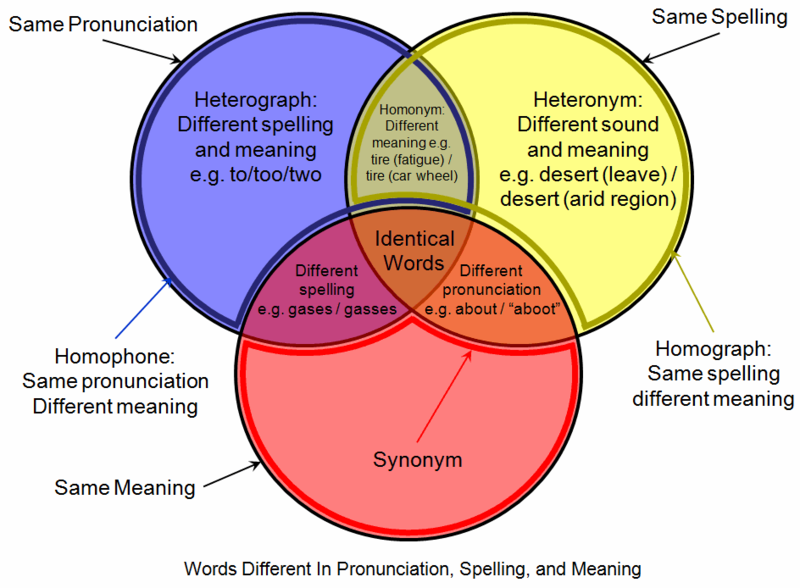
Choose three emotions—fear, desire and resentment for example—and add images or memories that evoke one of them and add to the corresponding circle. See what touches and what lands in the middle. If each of these emotions had voice, what would it say? What is the conversation among them? Which one is the most vocal, which the most silent. Which gives the most ground?
To perhaps help you visualize that conversation, click on Academo’s Venn diagram generator link here. You will be able to name each of the circles and use sliders to adjust the cardinality (number of elements in the set) and the intersectionality, but of course the images/memories will have to be handwritten onto the relevant section. I hope this gets you started somewhere new and exciting! Click on Brian Bilston’s Venn diagram poem “Employment Relations 4.0” for an example.

The business world runs on caffeine, exploited labor and flow charts, so exploit your own mental labor to make a flow chart explaining the causal relationship of the donut on your worldview (and don’t neglect the oxymoron of the edible “donut hole”), the decision making process for breaking a line in your poems, the predetermined linear progression of excuses you develop if choosing to cross the line or walk back a line in your writing or life, or perhaps the decision process for what can be safely flushed without overflowing on the bathroom floor. Be weird, be logical, get in the flow.
For inspiration, listen to Jared Singer read his “The Engineer Makes a Flow Chart” published and uploaded by Button Press. Or you can read John Ashberry’s epic poem Flow Chart.
After you write your flow chart, describe it in a poem. To get you started, here are flow charts on various subjects. Use them for inspiration to write for your own flow chart and corresponding poem or perhaps skip the first step and write a response to them as your poem. It is all good.
The first is from a Book Riot article celebrating April as National Poetry Month by reading a poem and the critical decision making process of what to read. Even better, the article provides links to all the poems!

If you want to delve into social issues and the horror that is social media, check out Kim Goodwin’s flow chart on mansplaining in the workplace, which she created in response to colleagues’ requests for help. Click on the link for her original tweet and to follow her on Twitter (her Twitter handle is @kimgoodwin)

It is sad that the next flow chart seems to be necessary. Marcia Langton created this flow chart, but I found it through Kim Goodwin’s retweet. Click on the link to follow Marcia Langton (her handle is @marcialangton).

Good luck, everybody!
The heart has long been a symbol of love and emotions. Ancient Egyptians preserved it and discarded the brain during their mummification process. We now know though that the brain is the core of what makes us “us”, but what if we were ruled by another organ? You may remember the spleen’s association with envy and anger, but other organs also have associations: Milton’s “bowels of compassion” and the lusty liver (source).
Your prompt: choose another organ and the emotion it embodies (pun intended). Acknowledge its power. For inspiration, read “Spleen (Blood Lily)” by Sylvia Legris. Or choose a replacement/replacements for the heart as Yolanda Wisher did in her amazing “Tin Woman’s Lament” poem.
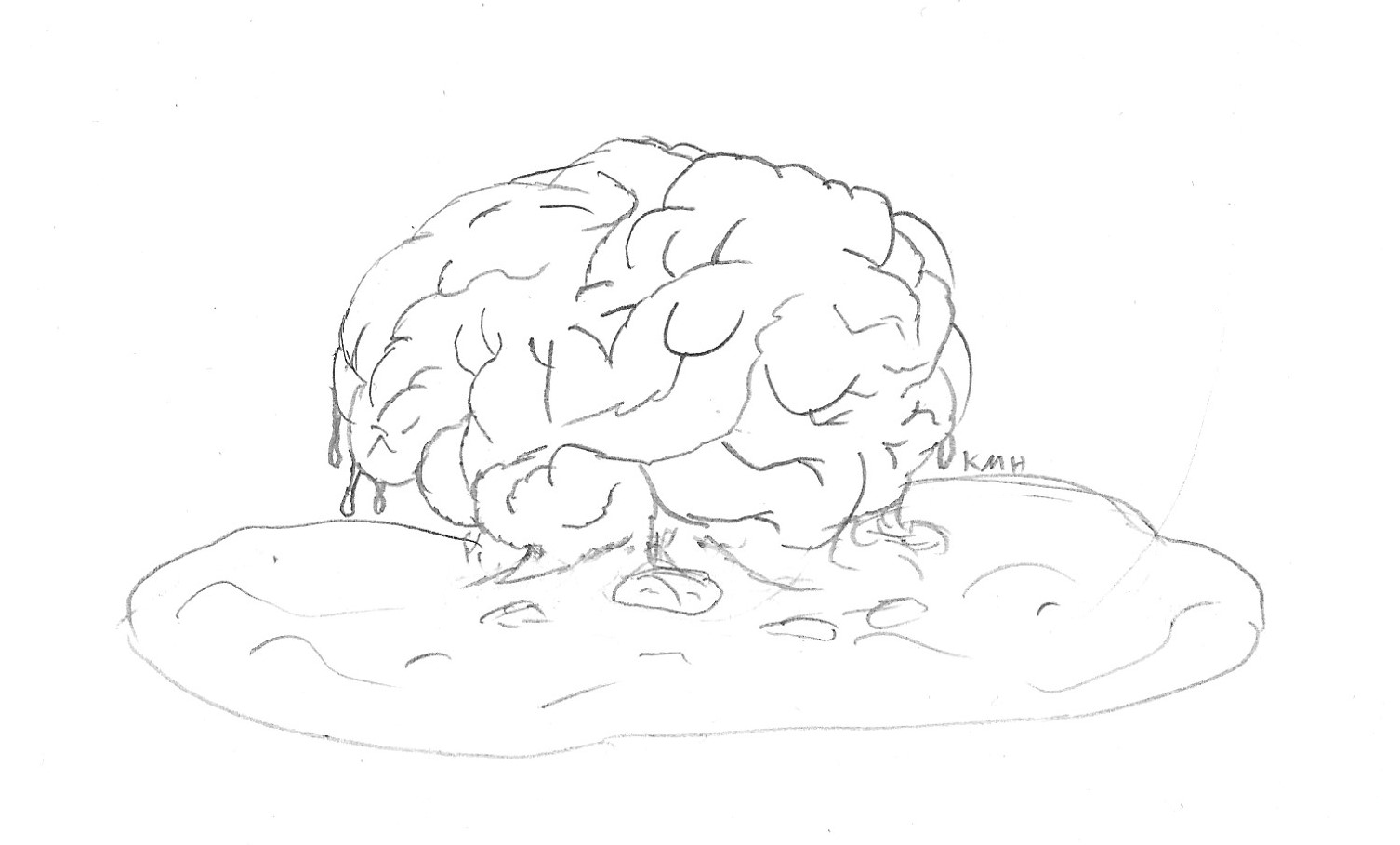
Drawing by Katherine Hunt and published in The Abecedarian of Lab Accidents: Killing Your Coworkers with Chemistry.
A previous prompt asked you to describe the temple of your body, but what if is your body if not a temple? Perhaps it is a part of the temple—the bell clanging for a congregation’s attention. Or, sadly, perhaps your body has become another’s bell ever waiting to be struck. Or maybe your body is the hum displacing the air and vibrating in the eardrums after the bell has ceased clamoring. Unseen but present. At times in my life I believed my body to be only the equivalent of its size—the space and very air stolen from another more deserving than I. During those moments I felt as if I were nothing more than a void of grace.
So what is the metaphor of your body? Is it a building? A home with windows shining a welcoming light, an abandoned barn left in barren fields, a sparkling skyscraper thrusting its importance into the skyline? If not a building, what then? A wallet left in a diner’s booth, an hourglass, a flower blooming? Whatever your body is now, what will it become? What transformation will you make? Read the beautiful poem “Homecoming Cistern Alien Vessel” by Gabrielle Calvorcoressi.
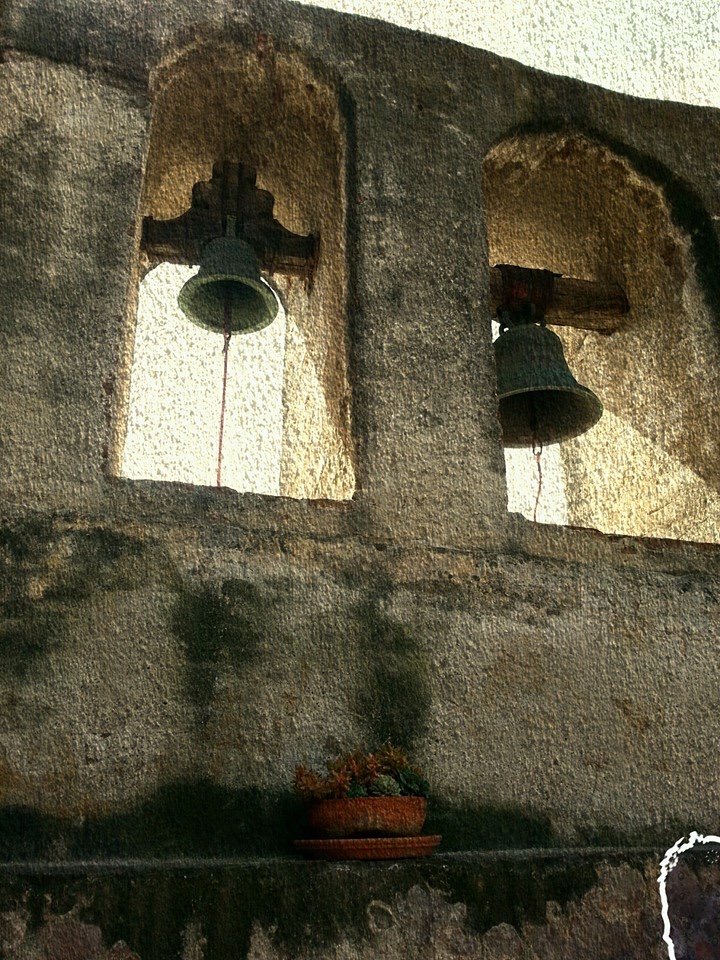
Previously, I mentioned a discussion about community and whom I write for (spoiler, is the Ugly Mug audience) and asked if you write for anyone. If you do, replace them with puppets (or Muppets—I don’t discriminate). I want serious poetry to move them like the hand inside them. Be that hand.
Bonus prompt: write a persona poem from the hand.
If you are stuck, here is your target audience. Rhyming is not required though.
And if you are too serious a poet for my silliness, here is Claire Pollard’s poem “Pinocchios” that would break the center of a stone.
A pic will be added once I find my daughter’s puppets in her room....
This prompt was inspired by a Public Service Announcement from the fabulous HanaLena Fennel regarding the statements followed by the word “but”: “‘If you start your statement with ‘I'm not defending the guy, but’, you are 100% defending the guy.” Corollaries to this are the “I’m sorry, but...” (no, you are not, as also noted by HanaLena) and “I’m not racist (sexist/homophobic/bigoted/asshatted), but...” (yes, you are, as pointed out by numerous people).
The prompt is to begin with one of these statements and make it obviously false: “I am not a dinosaur, but I lived during the Mezoic Era, I am nicknamed pterodactyl by the unsophisticated, my best friend was a Pterodactylus, and the paleontologist Othniel C. Marsh once told me I had good bones.”
Reverse prompt challenge: take a statement in which the information before the “but” is equally valid other than “I like scrambled eggs, but I prefer donuts” or similar food/drink/pet/music/sex or other type of preferences. Please message me when/if you do!

Not really an example of the prompt, but I just like the line (and title and poem) so much: “Not Waving but Drowning” by Stevie Smith.
This next prompt comes from the fabulous HanaLena Fennel:
“So you forgot to plant your fuck seeds and expect that this year the field is bare. Except nature abhors a fuck-less vacuum and the field refuses barrenness.
What has sprung up in the empty space? Ears of corn, just ears, the remorseful howl of fucks wasted on the unfuckable. Has the entire field retreated back into plainhood, blanketed itself in grass and clover, disguised itself back into the hill above? Are the rows abundant with poppies and primrose, the perfect paragon of productivity? Are you left with raucous wildflowers, a collision of regret and forget-me-nots. Is this a cash crop, a waste of space, both?”
For more prompts and a supportive online community, subscribe to HanaLena’s patreon.

I believe this may come from Red Bubble, but please correct me if I am wrong. I found it posted on Twitter.
Moon Tide Press sent out a call for submissions. The deadline is July 15th. Editor Eric Morago is looking for horror-themed poems. Rather than “scary” poems, he wants poems that tackle different themes and genres using horror movies, horror tropes, pop culture, and mythology. For details, click here.
So you have already written an elegy for Freddie Krueger’s hat, a pantoum for Jamie Lee Curtis’s scream, a tribute to Bart Simpson as Poe’s raven, a lyric to finger puppets and red paint, a contrapuntal of a conversation between Jack from The Shining and Elmer Fudd, an ode to the Woodsman’s ax in “Little Red Riding Hood” and a sonnet to the tree root that always trips the heroine fleeing the murderer, but you need another in order to send the full possible eight and are at a loss. Here is a popular idea: write a poem about Frankenstein’s monster and send it specifically to Eric Morago because he needs to read another one right now!
Seriously, though, write that poem and make it so good he has to include it, or perhaps Eric will reserve it for an anthology devoted solely to Frankenstein’s monsters. So what is your monster? What have you pieced together from others’ guilt and from the extraneous bits of yourself that you never wanted to see in daylight but somehow recreated and attached to every mistake you ever made and let this compiliation of regret and rot out into the world? How did you feel as it broke all that you hoped would glimmer? Did you recognize the pattern of your thumb on its spleen, your forced smile on its stitched face, your rage in the flayed vocal chords? What is the shadow of a mirror image and what curse follows when you break it? How will you gather all of its pieces and where will you hide them from yourself?

Photo from Moon Tide Press submission announcement.